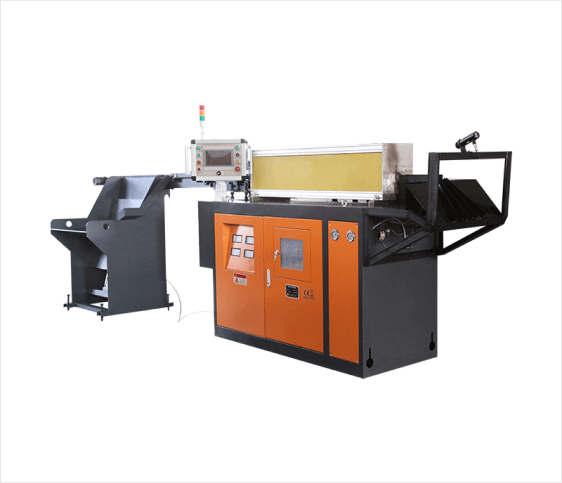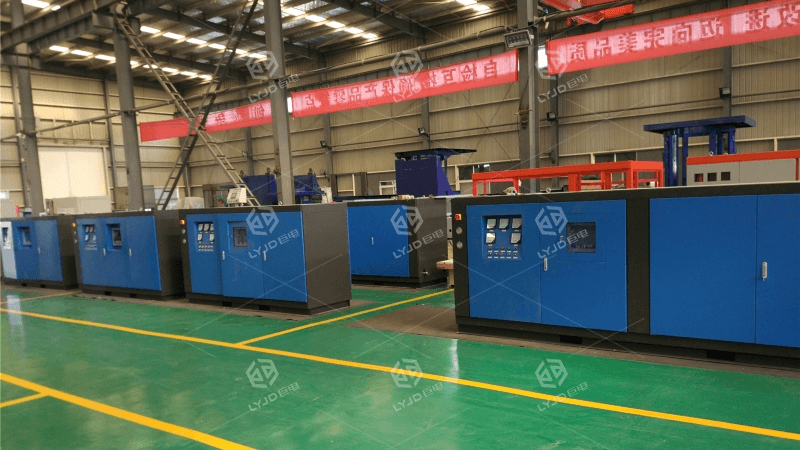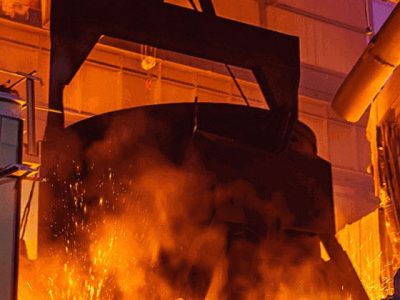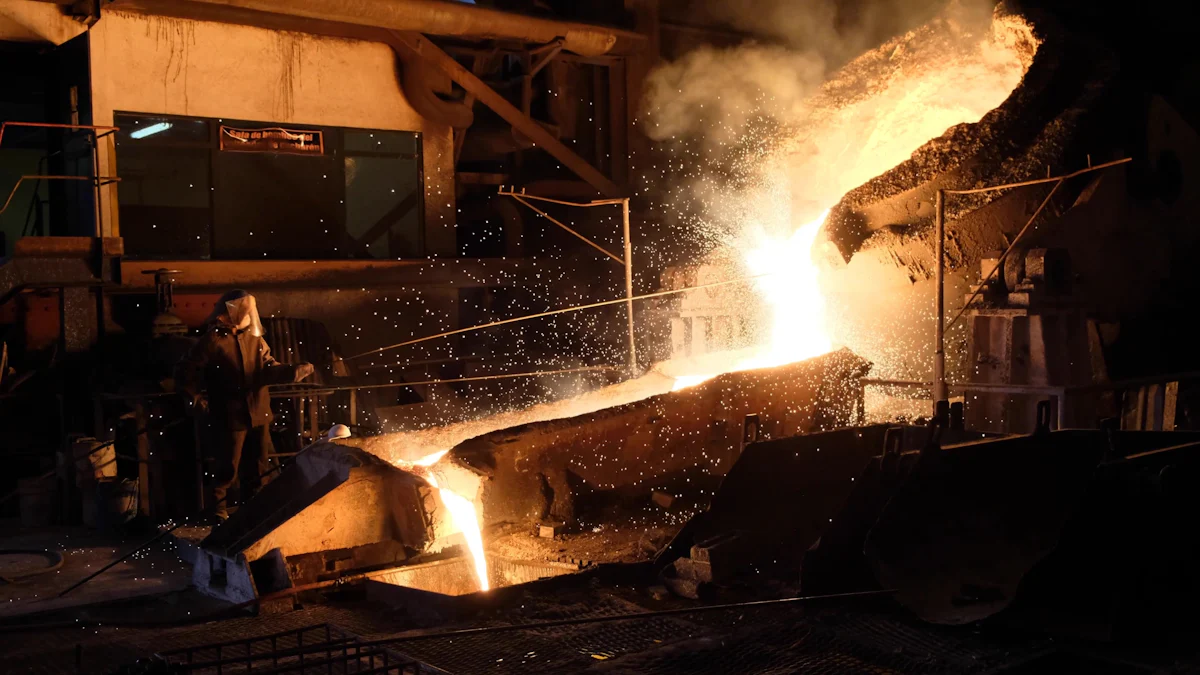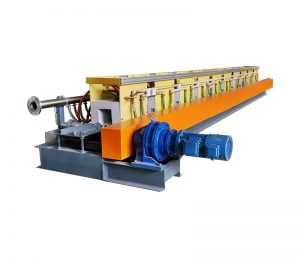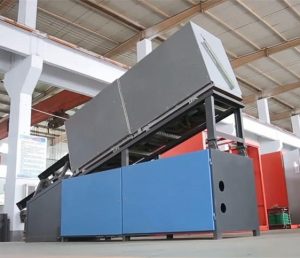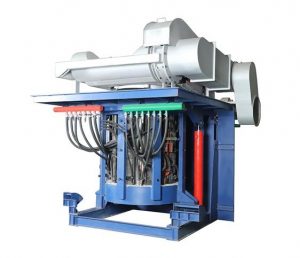Introduction
Induction furnaces are essential to modern metallurgy, offering precise, clean, and efficient methods for melting ferrous and non-ferrous metals. While the technology behind induction heating is advanced, the environment in which an induction furnace operates plays a critical role in determining its performance, efficiency, and lifespan.
So, what environment is suitable for induction furnaces to work effectively? In this article, we’ll dive deep into the essential factors—ranging from ambient temperature and ventilation to power supply stability and structural requirements—to help global manufacturers and foundry managers make informed decisions.
Why Environment Matters for Induction Furnaces
Induction furnaces rely on electromagnetic induction to generate intense heat, often exceeding 1,600°C (2,912°F). While the furnaces themselves are robust, their surrounding environment must be optimized to:
- Maintain operational efficiency
- Ensure operator safety
- Reduce energy consumption
- Extend equipment life
- Prevent unplanned downtime or damage
Neglecting the environmental setup can lead to overheating, electrical failure, safety hazards, and increased maintenance costs.
1. Temperature Control and Climate Considerations
Induction furnaces operate best within moderate ambient temperature ranges, typically between 10°C to 40°C (50°F to 104°F). Excessively hot or cold environments can compromise electronic components, control panels, and cooling systems.
Recommendations:
- Install furnaces in climate-controlled areas in extreme regions.
- Avoid direct exposure to sunlight or proximity to heat sources.
- In cold regions, ensure pre-heating systems are available during startup.
2. Ventilation and Air Circulation
Melting metals generates heat, gases, and fumes. Proper ventilation is crucial to maintain safe air quality and to prevent overheating of both the furnace and auxiliary systems.
Ideal Setup:
- Use industrial exhaust fans or fume extraction systems.
- Maintain airflow to avoid dust and gas buildup.
- Implement high-roof structures to allow for upward heat dissipation.
Bonus Tip:
Installing an air filtration system also improves the working environment for operators and helps meet local environmental regulations.
3. Dust-Free, Clean Environment
While induction furnaces are generally cleaner than traditional melting methods, they are still vulnerable to metallic dust, slag particles, and ambient debris.
Why it matters:
- Dust accumulation can reduce insulation performance.
- Fine particles may interfere with control electronics or coil integrity.
- A clean environment reduces fire risk.
How to Achieve It:
- Use dust-proof enclosures for sensitive components.
- Implement routine floor cleaning and vacuuming protocols.
- Install entry air curtains to reduce incoming particulate matter.
4. Stable and High-Quality Power Supply
Induction furnaces require high-frequency alternating current (AC) with significant power load capacity. An unstable or poor-quality power supply can result in:
- Fluctuating temperatures
- Equipment failure or burnout
- Increased energy costs
Recommended Specifications:
- Voltage: Generally 380V to 480V (or per regional requirement)
- Frequency: 50Hz or 60Hz (depending on induction furnace design)
- Stable 3-phase power system with surge protection
- Isolation transformers and uninterruptible power supply (UPS) systems for added protection
5. Water Cooling Infrastructure
The furnace’s induction coils, power units, and capacitors must be actively cooled to prevent thermal overload. Most induction furnaces use closed-loop water cooling systems.
Environmental Requirements:
- Access to clean, filtered water or a reliable closed-loop chiller system.
- Cooling area must be kept away from dusty or high-temperature sections.
- Ensure ambient humidity does not exceed 85%, especially around cooling units.
6. Flooring and Structural Requirements
Induction furnaces are typically installed in heavy-duty industrial workshops. The environment must support not only the weight of the furnace but also the movement of crucibles, molds, and transport vehicles like forklifts.
Recommendations:
- Use reinforced concrete flooring with thermal and vibration insulation.
- The floor should be non-flammable and resistant to slag spills.
- Leave sufficient space for maintenance, operator movement, and heat dissipation.
7. Safety and Regulatory Compliance
Safety is paramount in any industrial melting environment. The surrounding area must meet OSHA, CE, or other local safety standards depending on the installation region.
Considerations:
- Install fire suppression systems and emergency shutdown controls.
- Place the furnace in a restricted-access zone to prevent unauthorized entry.
- Provide personal protective equipment (PPE) and training for all staff.
- Clearly label hot surfaces and moving parts.
8. Noise Management
Some high-power induction furnaces produce a considerable amount of noise due to transformers and cooling fans. This may not directly affect the furnace's functionality but can impact worker comfort and long-term hearing safety.
Solutions:
- Install soundproofing panels around the furnace room.
- Provide ear protection to operators.
- Choose newer-generation furnaces with low-noise coil designs.
9. Space and Layout Optimization
The layout of the furnace workspace impacts productivity and safety. An ideal environment should include:
- Designated loading and unloading areas
- Clear paths for material handling
- Separate zones for hot and cool operations
- Easy access to power panels and control systems
Bonus:
Plan the workspace to allow future expansion or upgrading of furnace capacity.
Global Environmental Adaptability
Induction furnaces are used worldwide—from steel plants in Germany to foundries in India and aluminum recyclers in the U.S. Their flexible design allows adaptation to a wide range of environments, provided the core environmental criteria are met.
For tropical regions, humidity and temperature control are critical. For colder climates, frost protection and indoor insulation become essential.
Conclusion: Create the Right Environment for Success
The question “What environment is suitable for induction furnaces to work?” is not just a technical one—it’s strategic. Proper environmental planning ensures:
- Optimal furnace performance
- Lower maintenance costs
- Safer working conditions
- Extended equipment lifespan
If you are an industrial buyer, foundry owner, or project engineer planning to purchase or install an induction furnace, take the time to design an environment that supports continuous, efficient, and safe operation. The furnace itself is only as effective as the ecosystem surrounding it.
